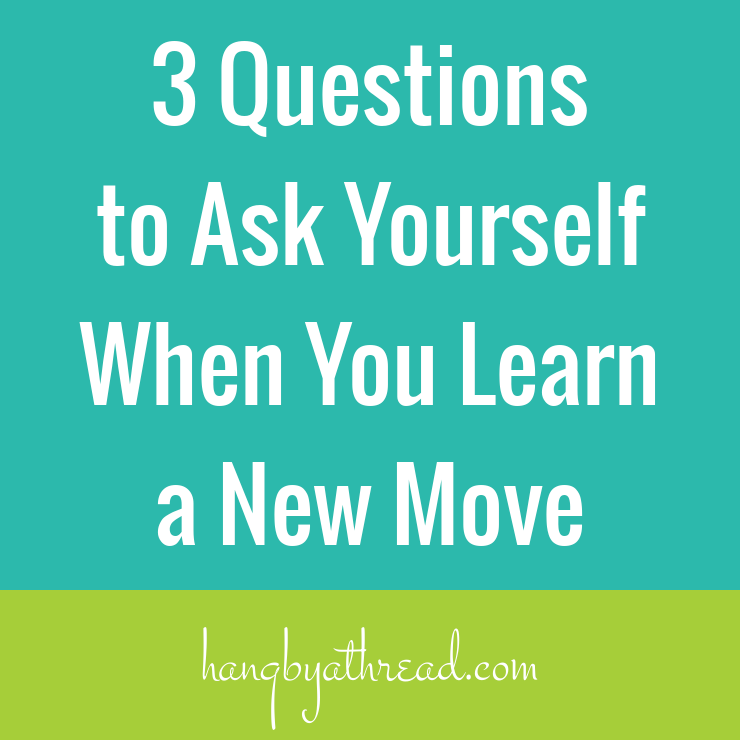Want to see a bit of a hot mess?
I really want to get these. In the air. On BOTH sides. It’s…going.
I’ve added them to my homework category: the stuff I make myself work on at least a little every time I’m on a rope.
Homework
So what do I consider “homework” for training? Basically, it’s the stuff I know I need to work on but can be unmotivated to make myself do.
For example, right now for rope, my beats are weak. When they’re right they’re super fun. But since they aren’t right, I hate them right now. Hate them. They frustrate me to no end, and I just want to skip them.
But that doesn’t help them get any better. And if I want to improve at corde lisse, I absolutely need them. Into the homework pile they go. I’ve agreed with myself that I will work at least a little bit on beats every time I train. Every. Time.
That’s the only way things get better.
It’s also a good way of keeping myself from “training” only the fun things I can already do.
Extra Credit
I *highly* recommend adding training most things on your bad side as well. You may never have to perform them that way, but there are still several reasons for doing it anyway.
- It will really help to make you a better aerialist. You’ll develop your own body awareness by making your brain work in reverse.
- It will help to keep both sides the same. A common aerial arts problem is being far stronger on one side than the other.
- There is a very high probability of you needing to use the opposite side, especially as you string more and more things together and learn to move through a piece. You will start being surprised by the amount of times a transition requires you to be in position for the side you’re less comfortable with. You can learn the whole sequence so it puts you on the side you prefer, but won’t you have an easier time if you just make yourself get as comfortable as possible with both arms or legs? It’s a perfect example of laziness creating more work.
- This is slightly anecdotal, but a friend of mine hurt her ankle and had to have surgery. She had to completely relearn several moves on the opposite side once the ankle healed because it was no longer as strong and we had a show coming up. She did it, but to this day she’ll tell you how much easier it would have been if she’d have just learned it from the get-go.
Both sides might not be graceful, but at least your shoulder muscles will start matching again.






